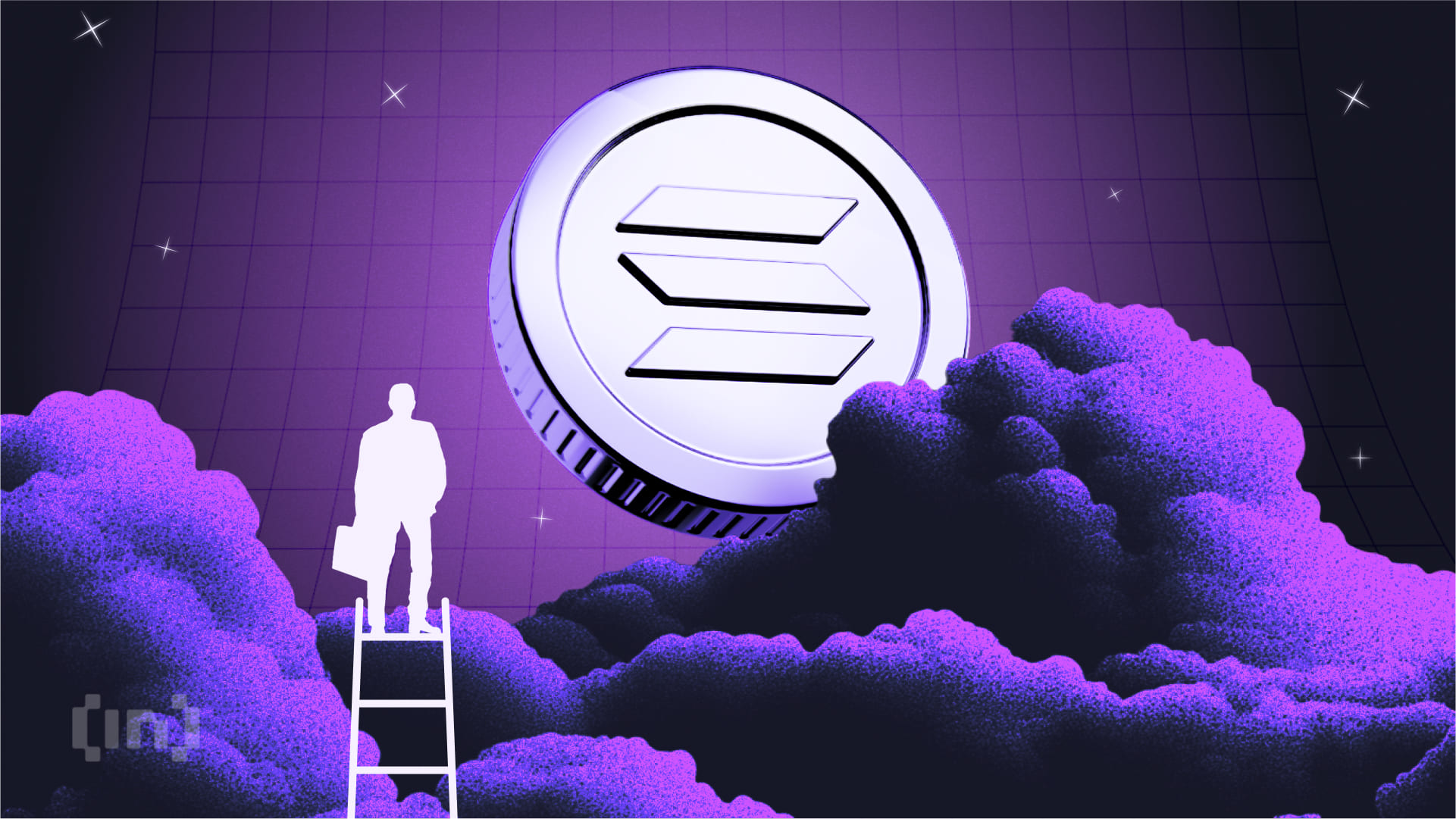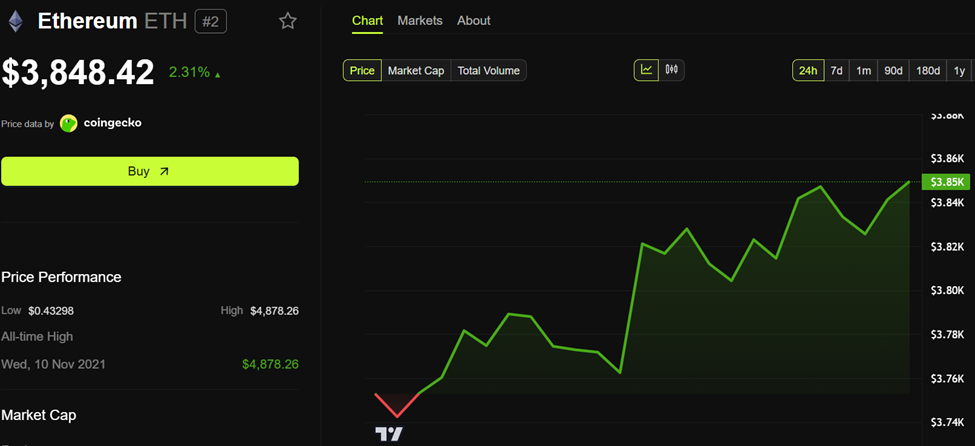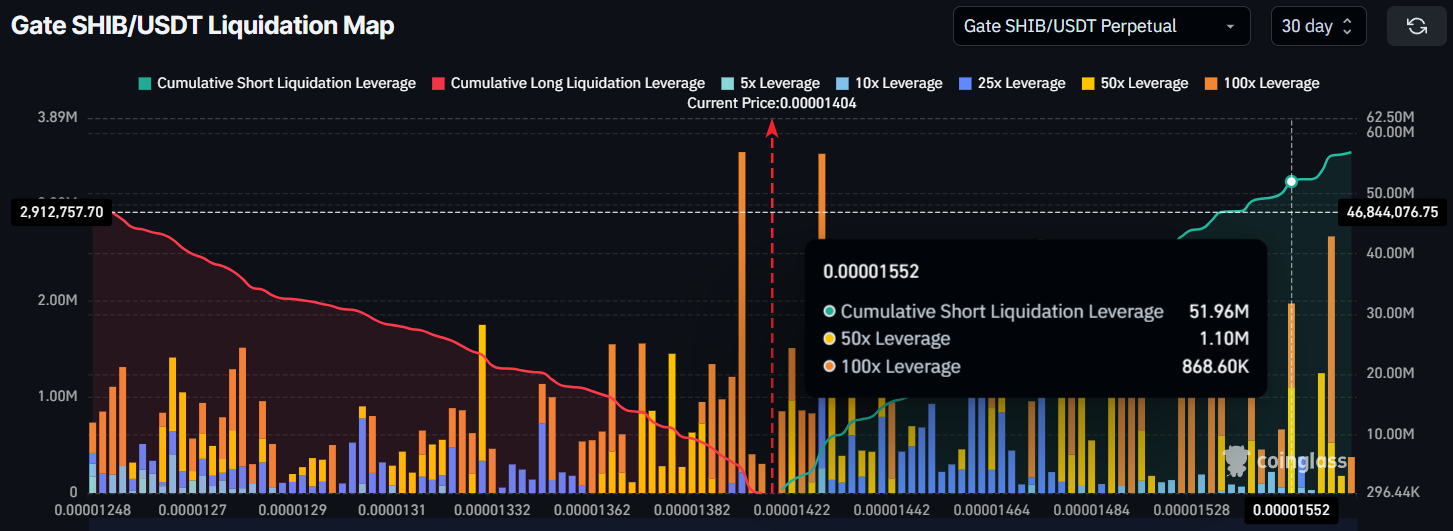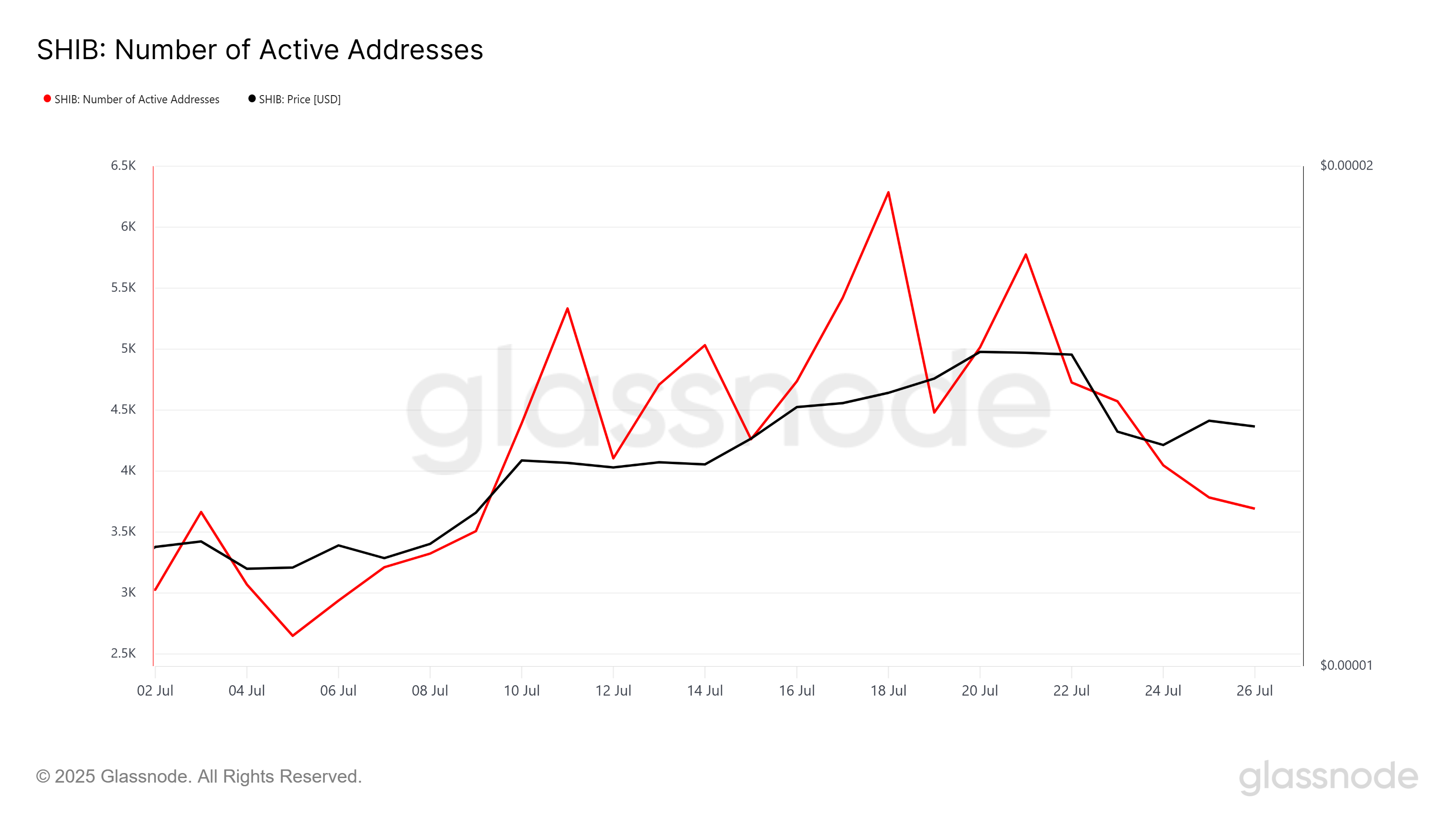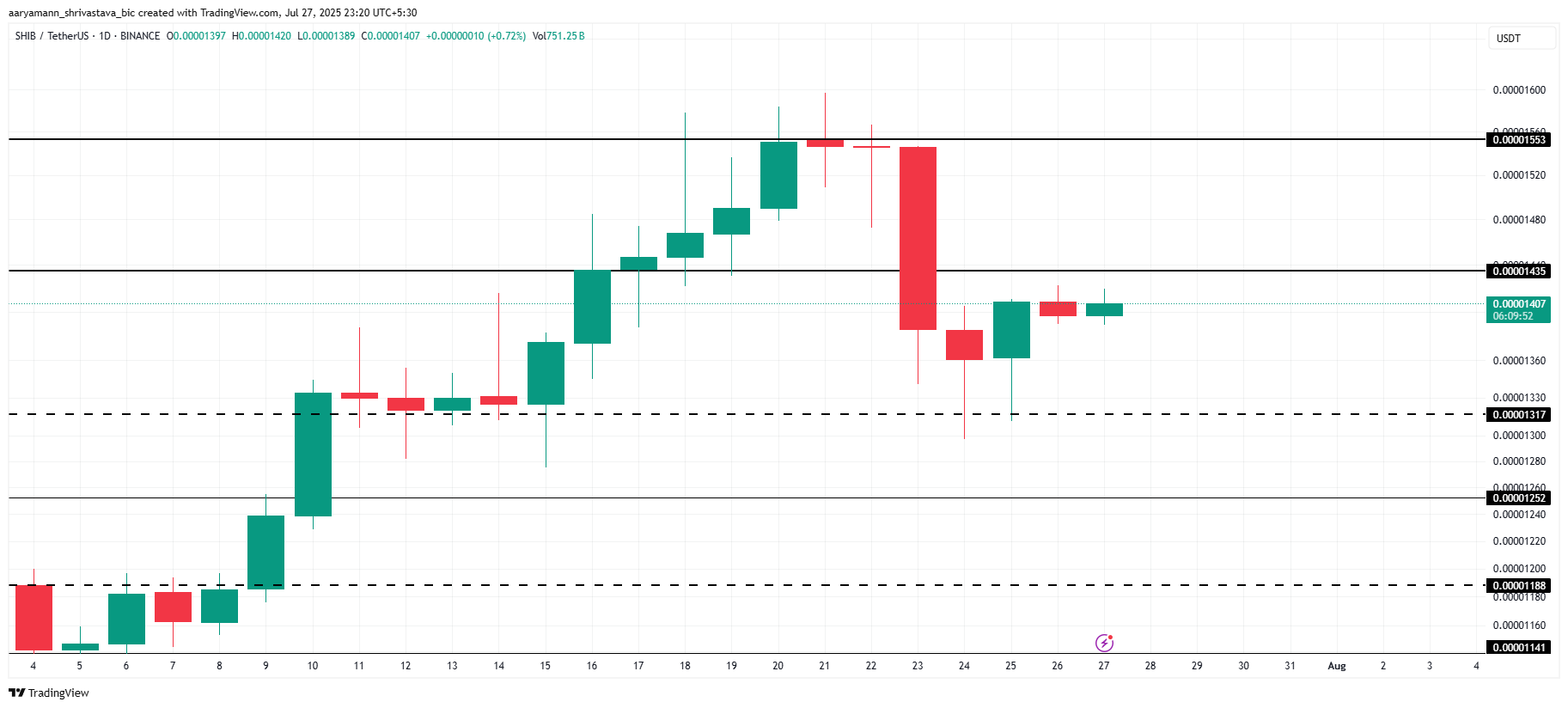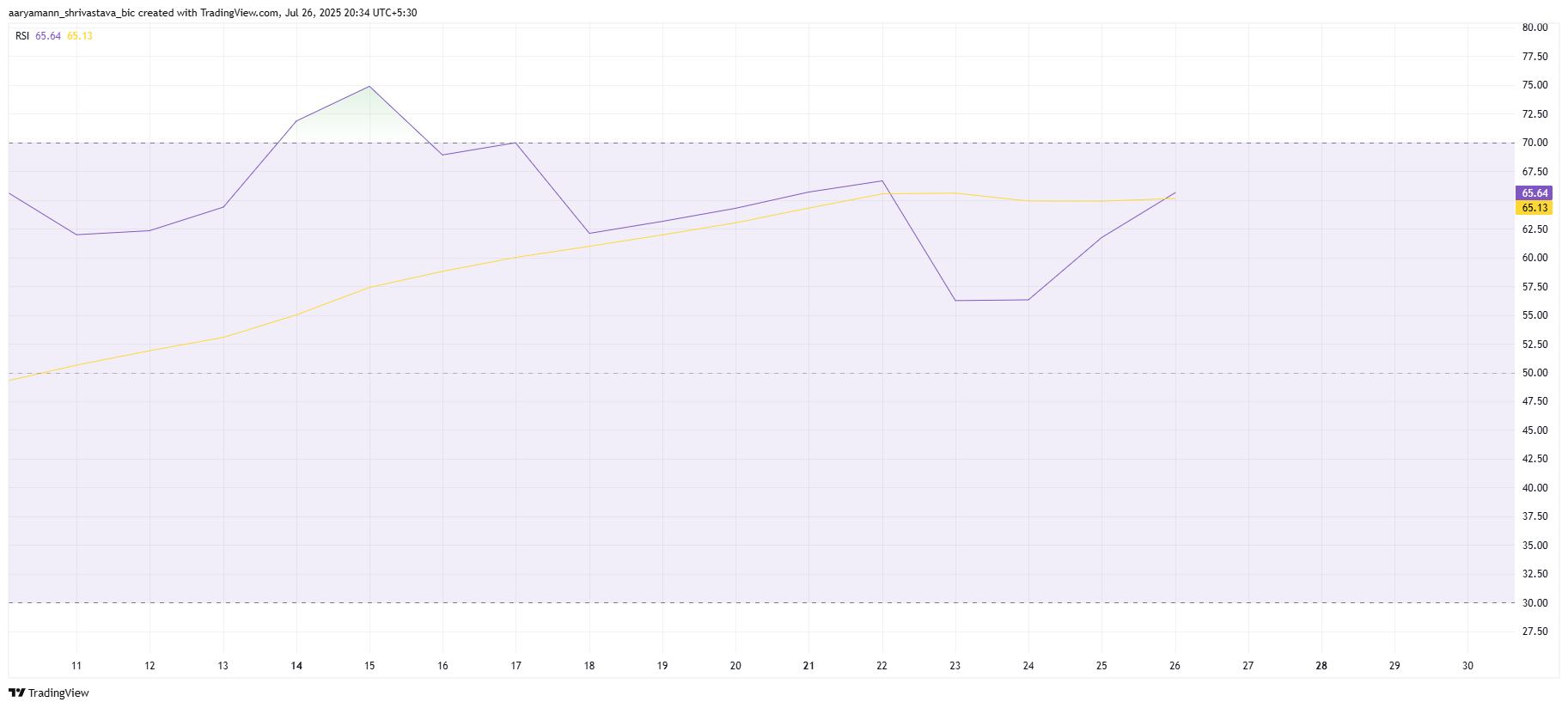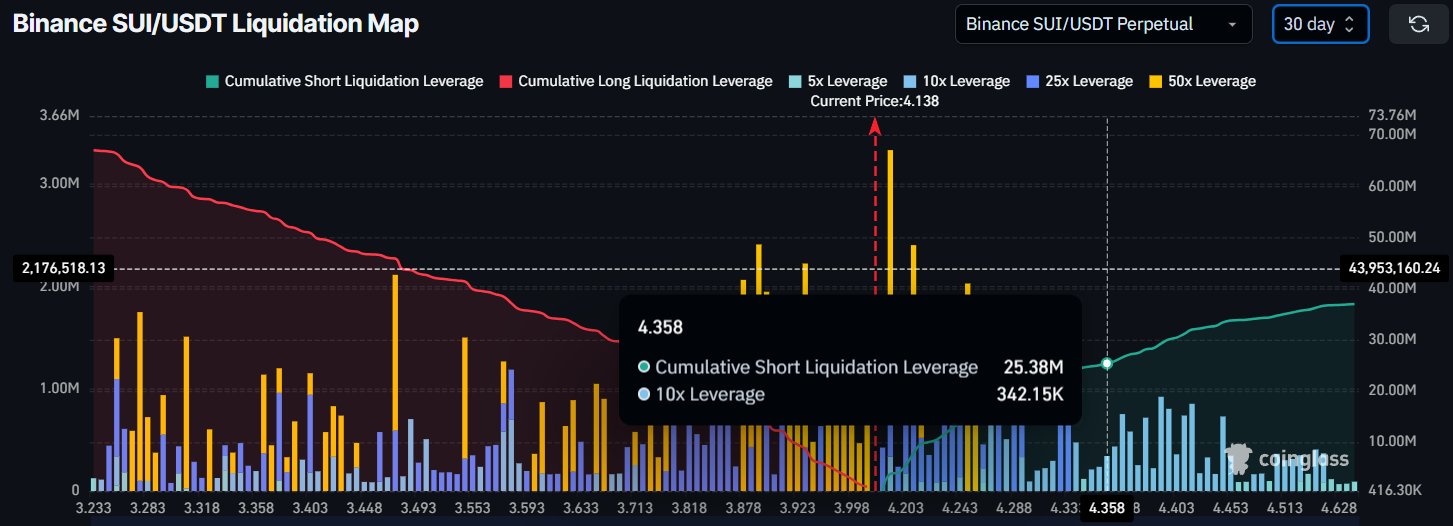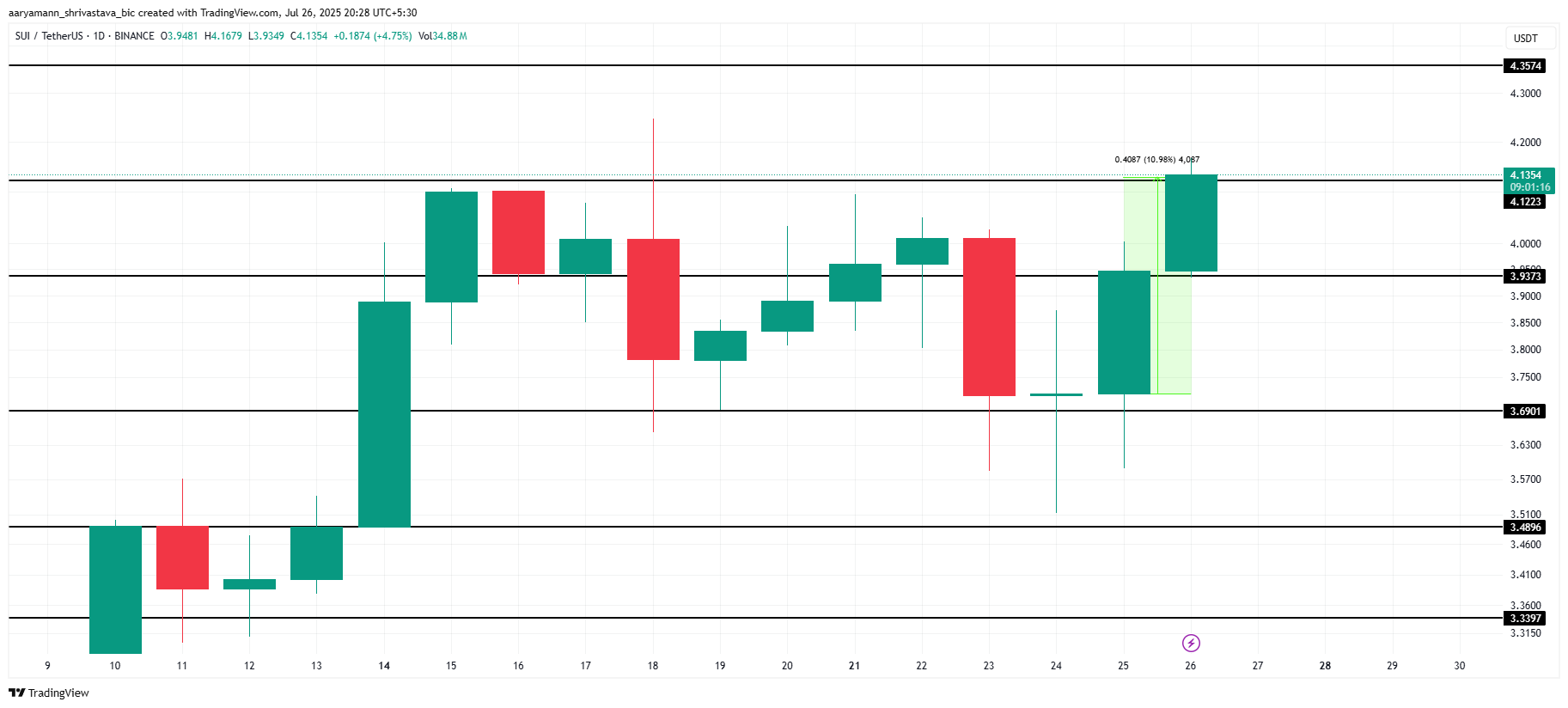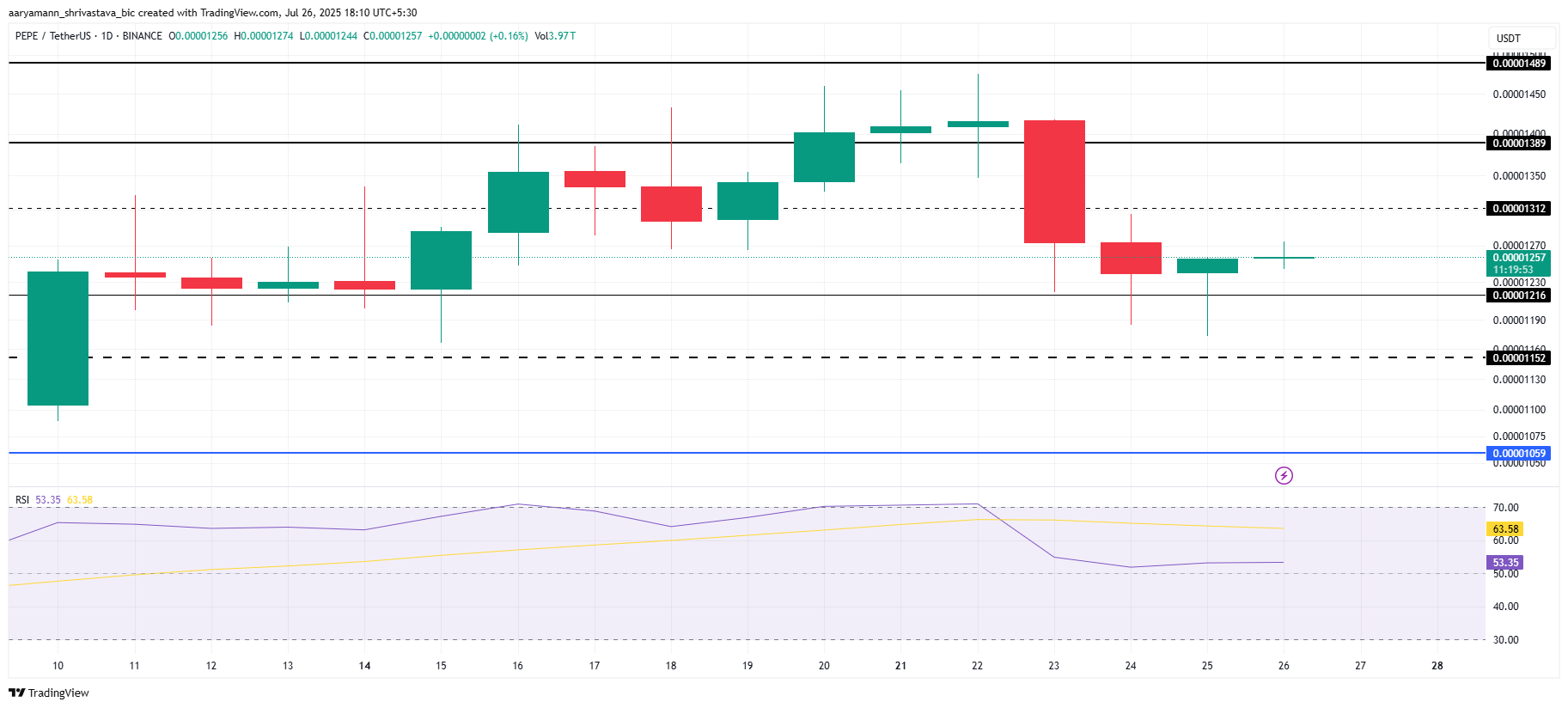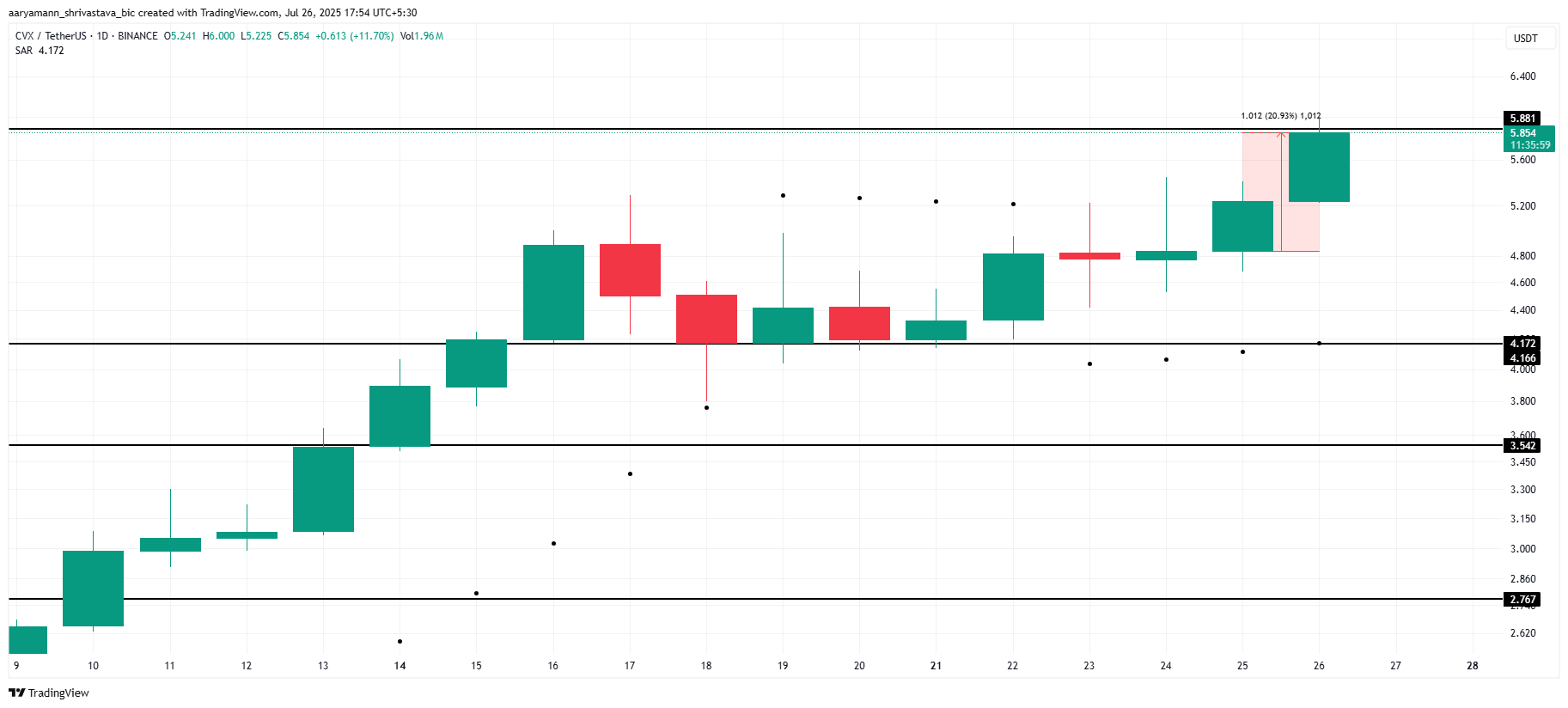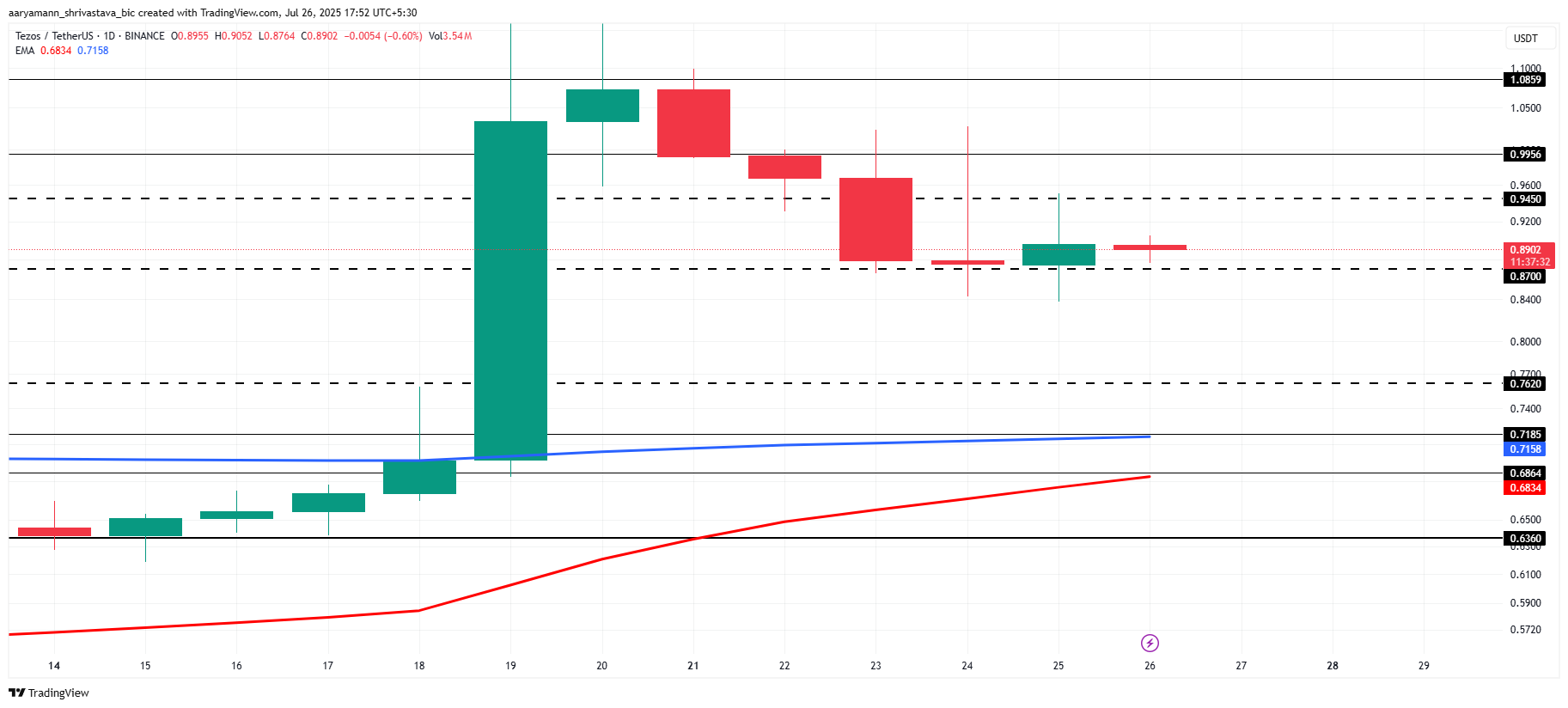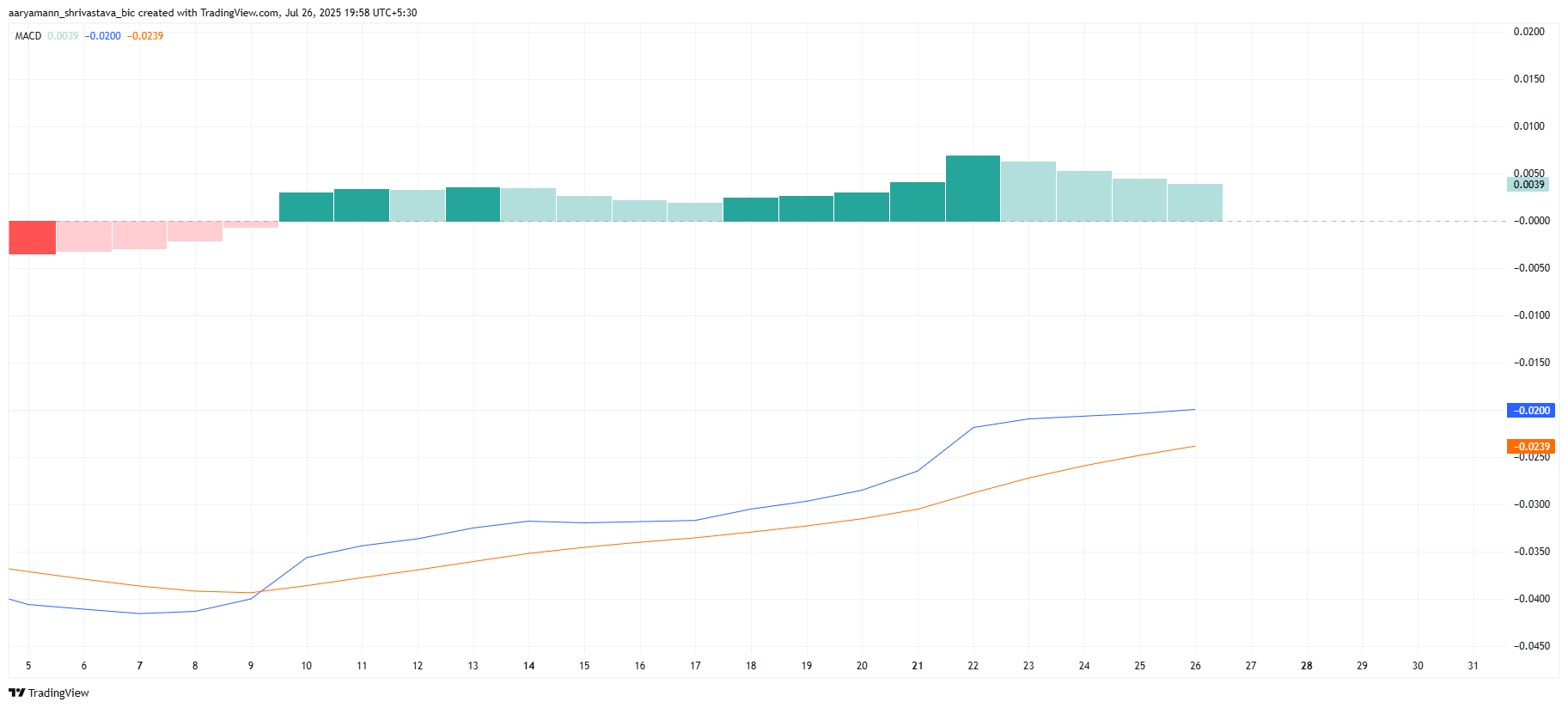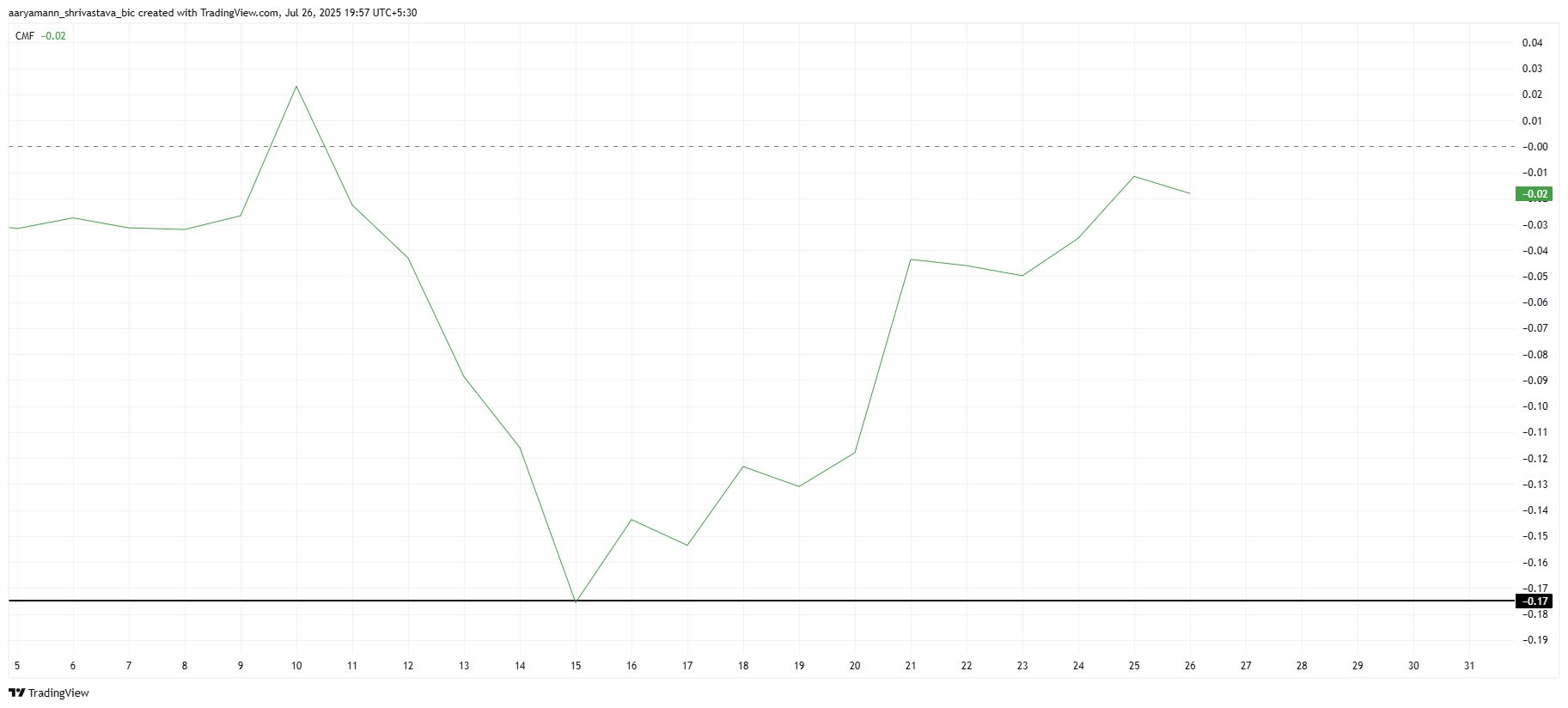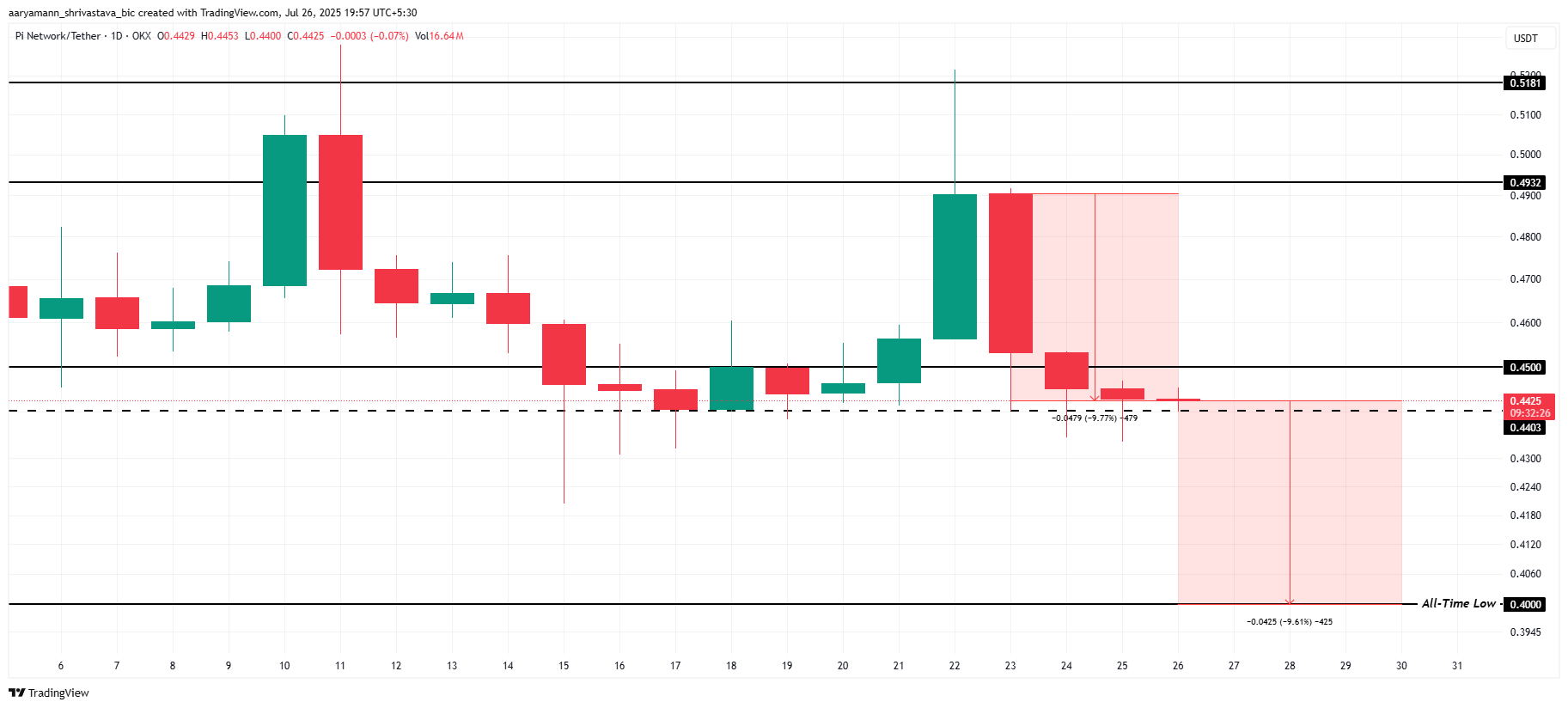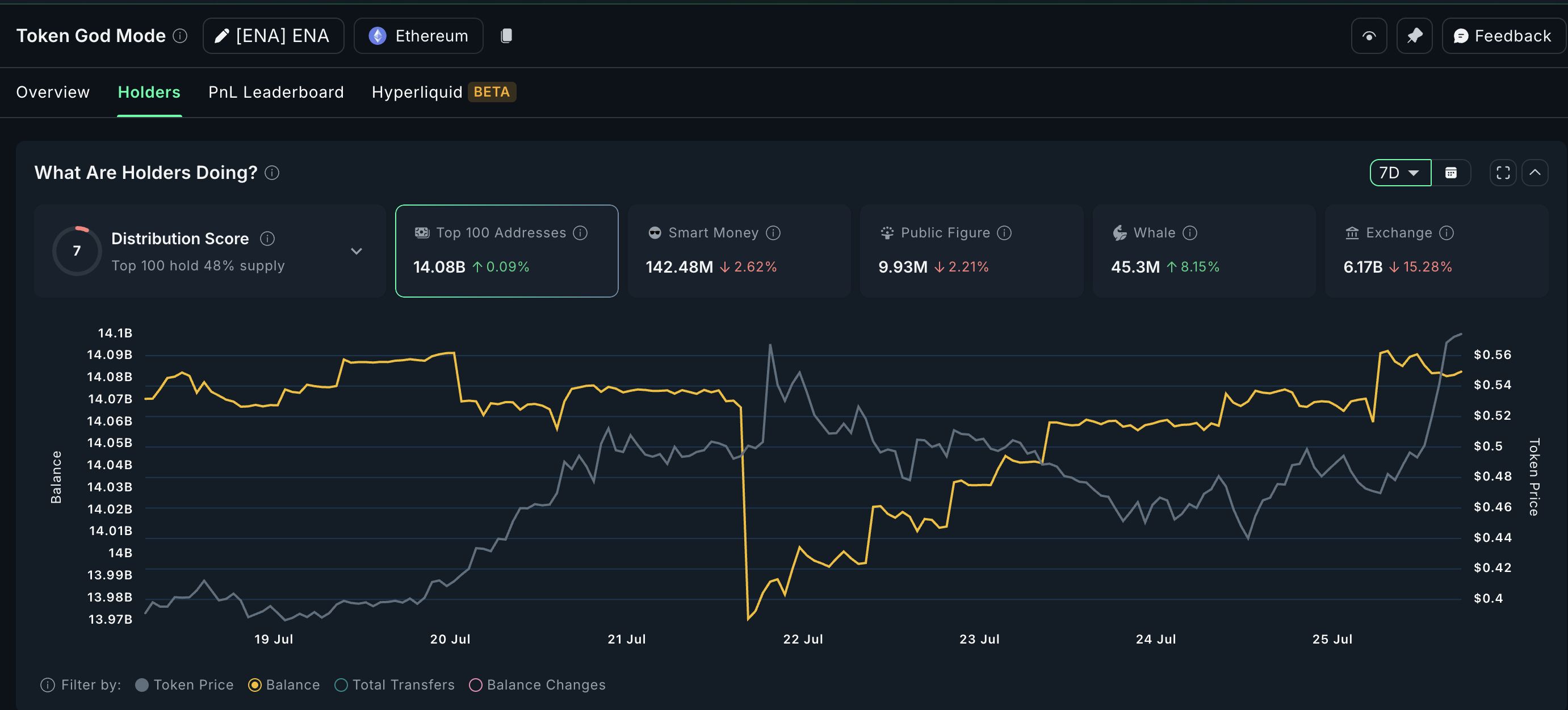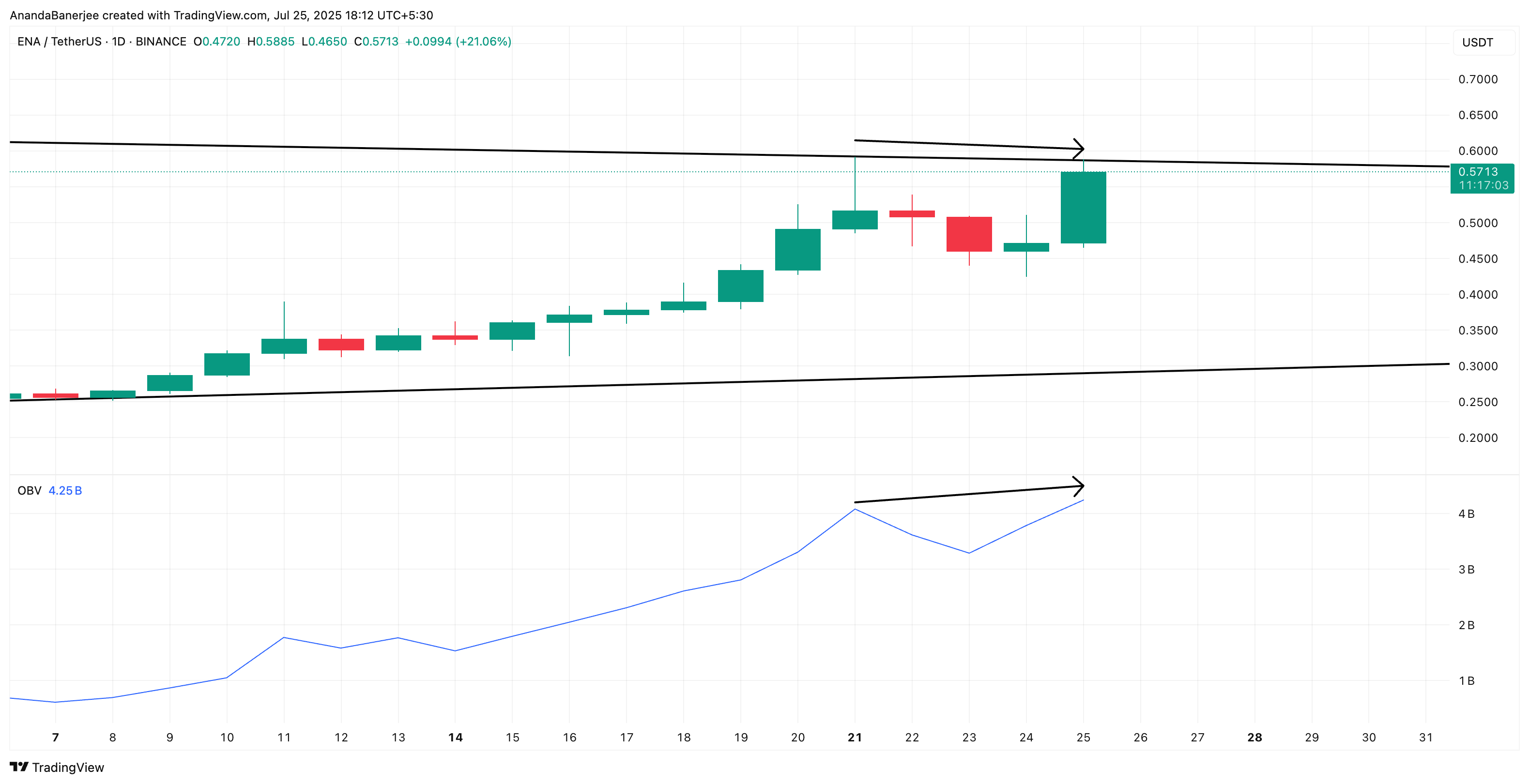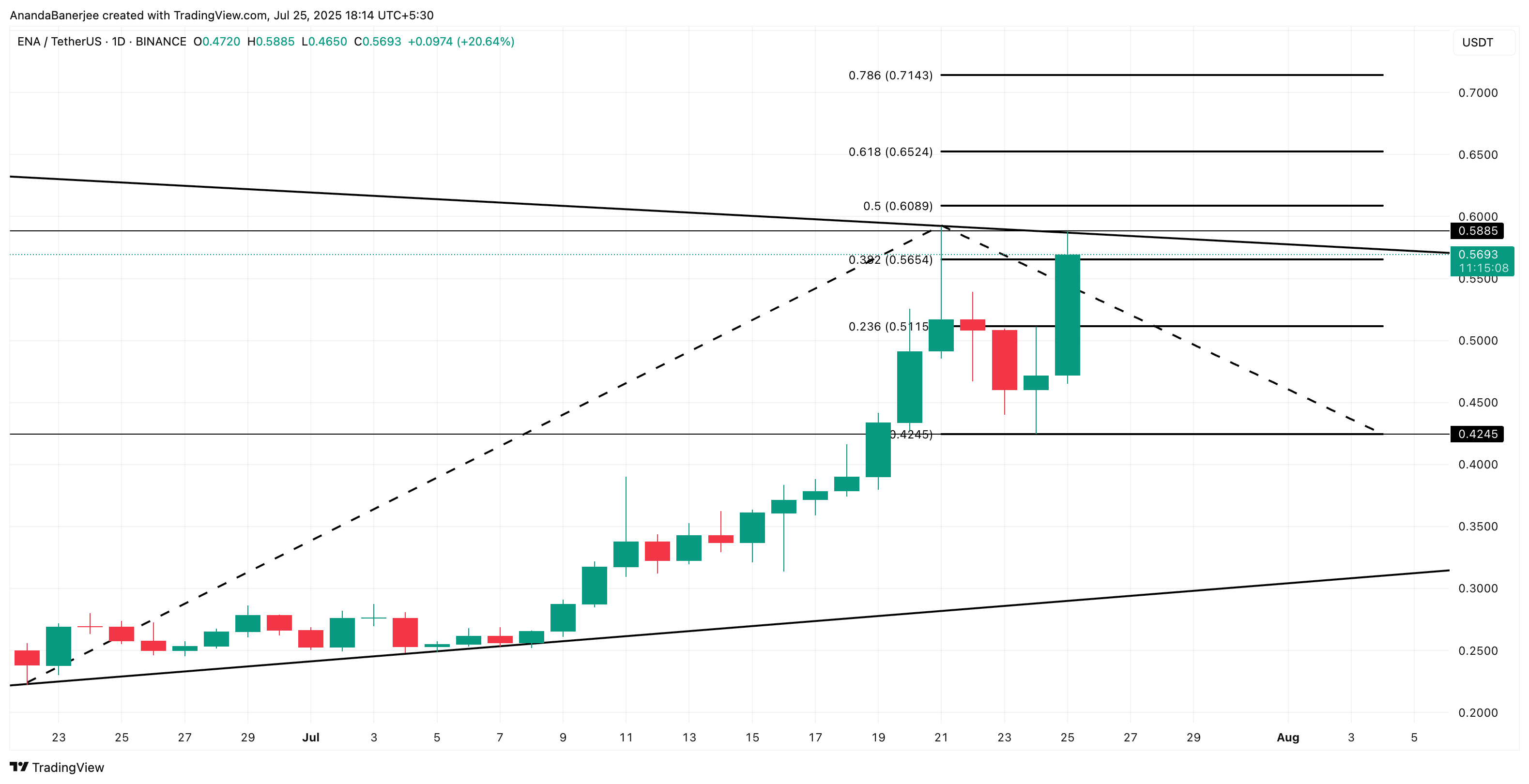Solana Price Fails to Stay Above $200 As 1.4 Million New Holders Retrace
Solana (SOL) recently attempted to break the $200 mark but failed as investor sentiment shifted. The altcoin, after briefly surpassing this level, has been unable to maintain momentum.
Now, Solana’s price is facing further declines as market conditions weaken and investor behavior changes.
Solana Investors Are Bearish
The Liveliness metric has shown a sharp increase over the past 12 days, reaching a monthly high this week. Liveliness measures the movement of long-term holders (LTHs), and when it spikes, it typically signals selling activity.
This is currently the case with Solana, as many LTHs are selling off their holdings. Given that LTHs significantly influence price action, this selling pressure is contributing to the price decline. The large-scale selling could increase the downward pressure, making it harder for Solana to regain traction in the market.
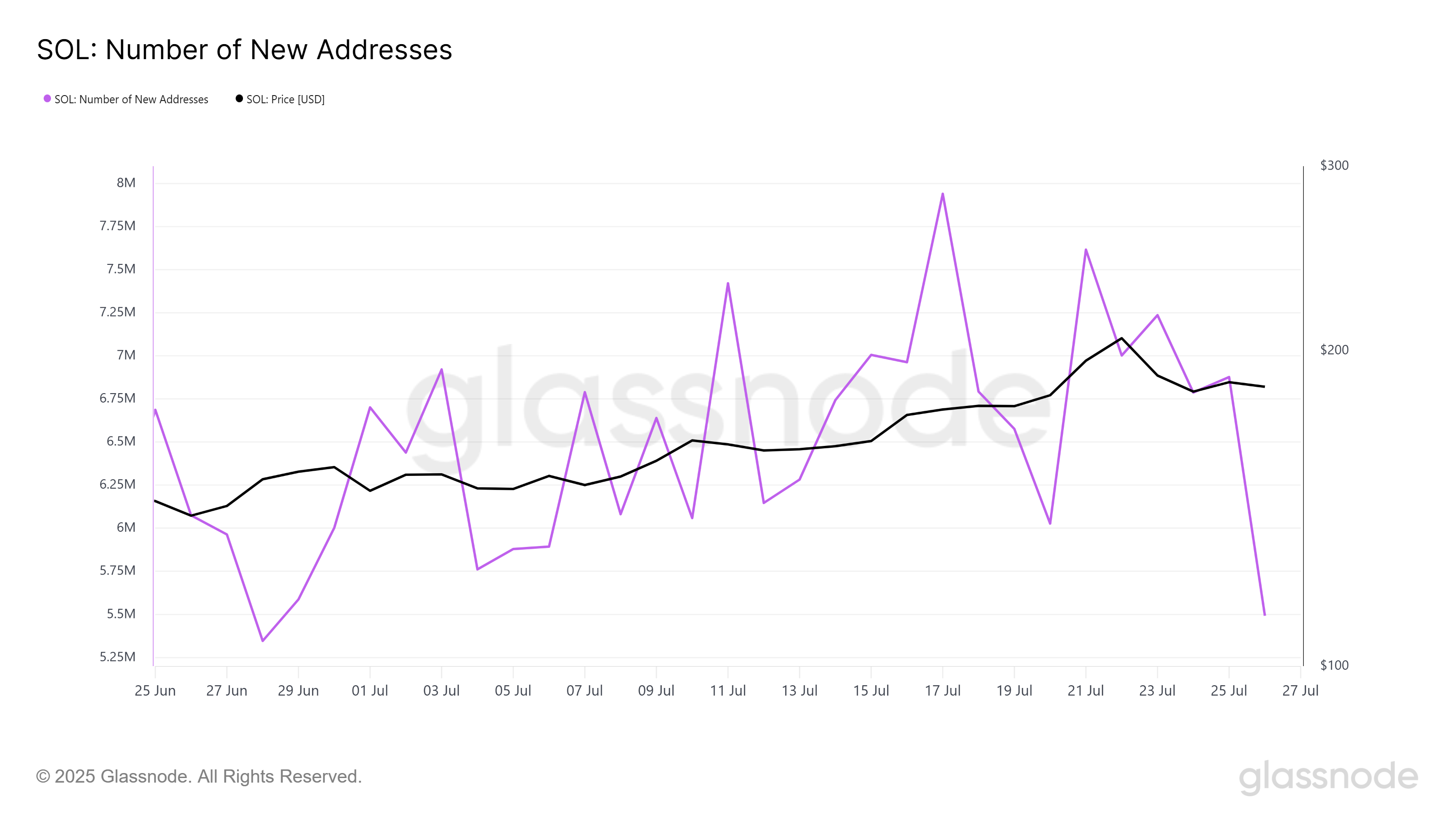
Solana’s macro momentum is also showing signs of weakness. The number of new addresses has hit a monthly low, with the daily rate of new address creation dropping significantly. In the past 48 hours, Solana saw a decline of 1.4 million new addresses, highlighting a lack of interest from fresh investors.
The declining number of new addresses suggests that Solana is losing its appeal to new investors, which could prolong the current downtrend. As fewer people are willing to invest in the asset, its price is more likely to continue its retreat.

SOL Price Fails Again
Solana’s price is currently trading at $187, just below the resistance of $188. After its recent failed attempt to hold above $200, the altcoin has struggled to maintain its value. With the LTHs selling off and new investors pulling back, Solana faces a challenging road ahead.
Given the current market conditions, Solana is vulnerable to further price declines. If the selling pressure continues, it could slip below the support of $176, deepening the losses for investors. This would confirm the bearish sentiment surrounding the altcoin.
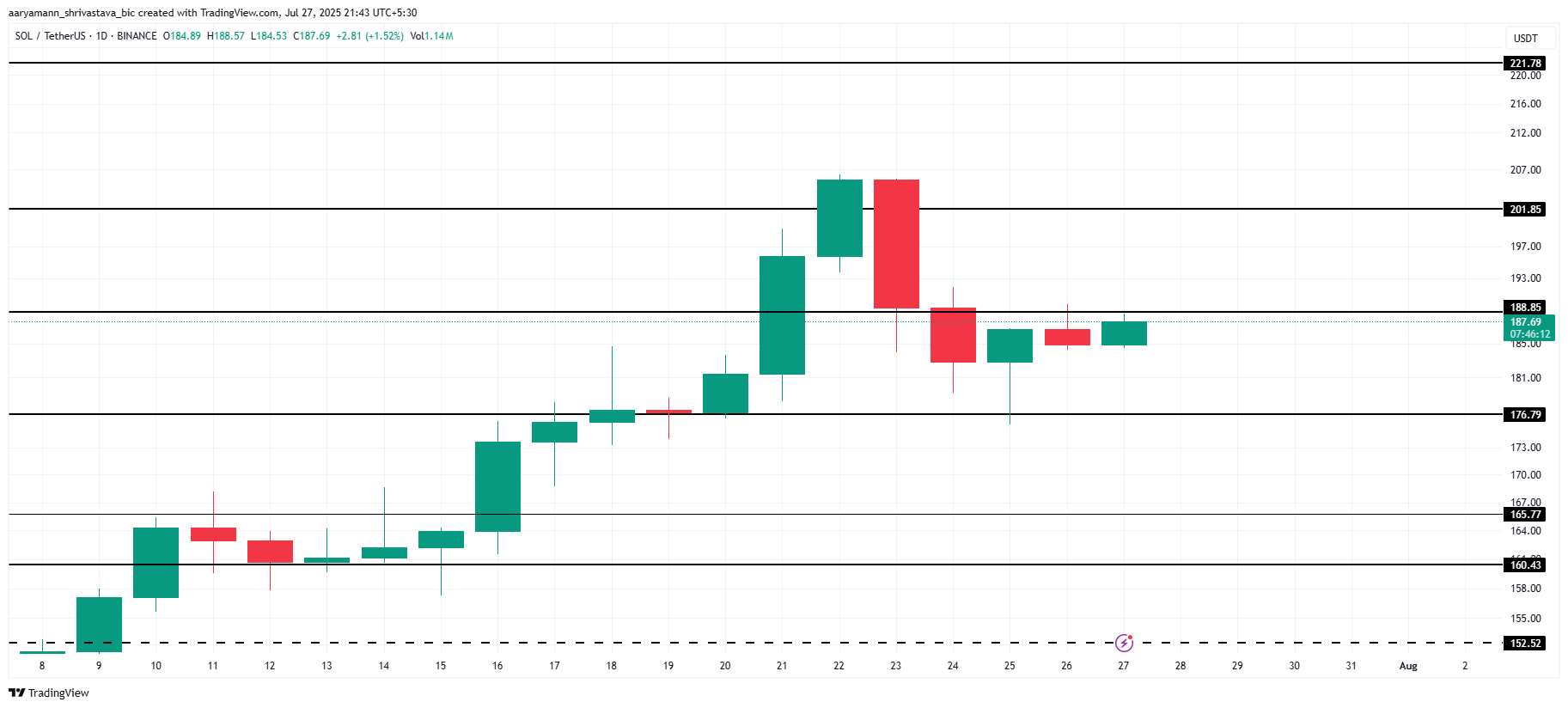
However, if broader market conditions shift favorably, Solana could potentially bounce back. Should the altcoin reclaim $188 as support, it might target a rise back to $201, giving it another opportunity to attempt holding above the $200 mark.
The post Solana Price Fails to Stay Above $200 As 1.4 Million New Holders Retrace appeared first on BeInCrypto.

